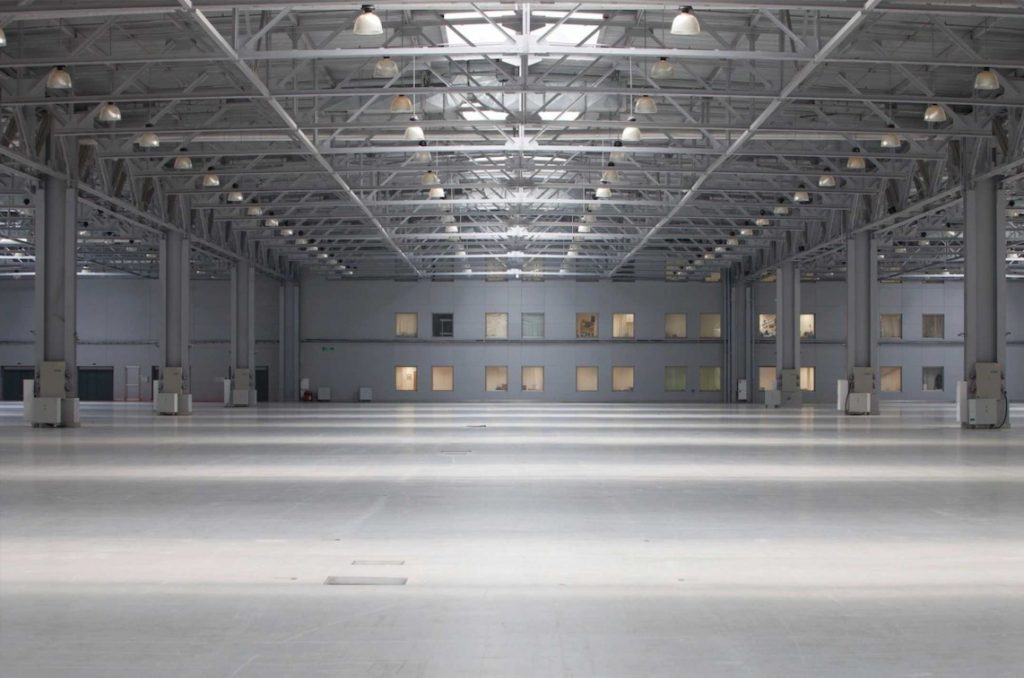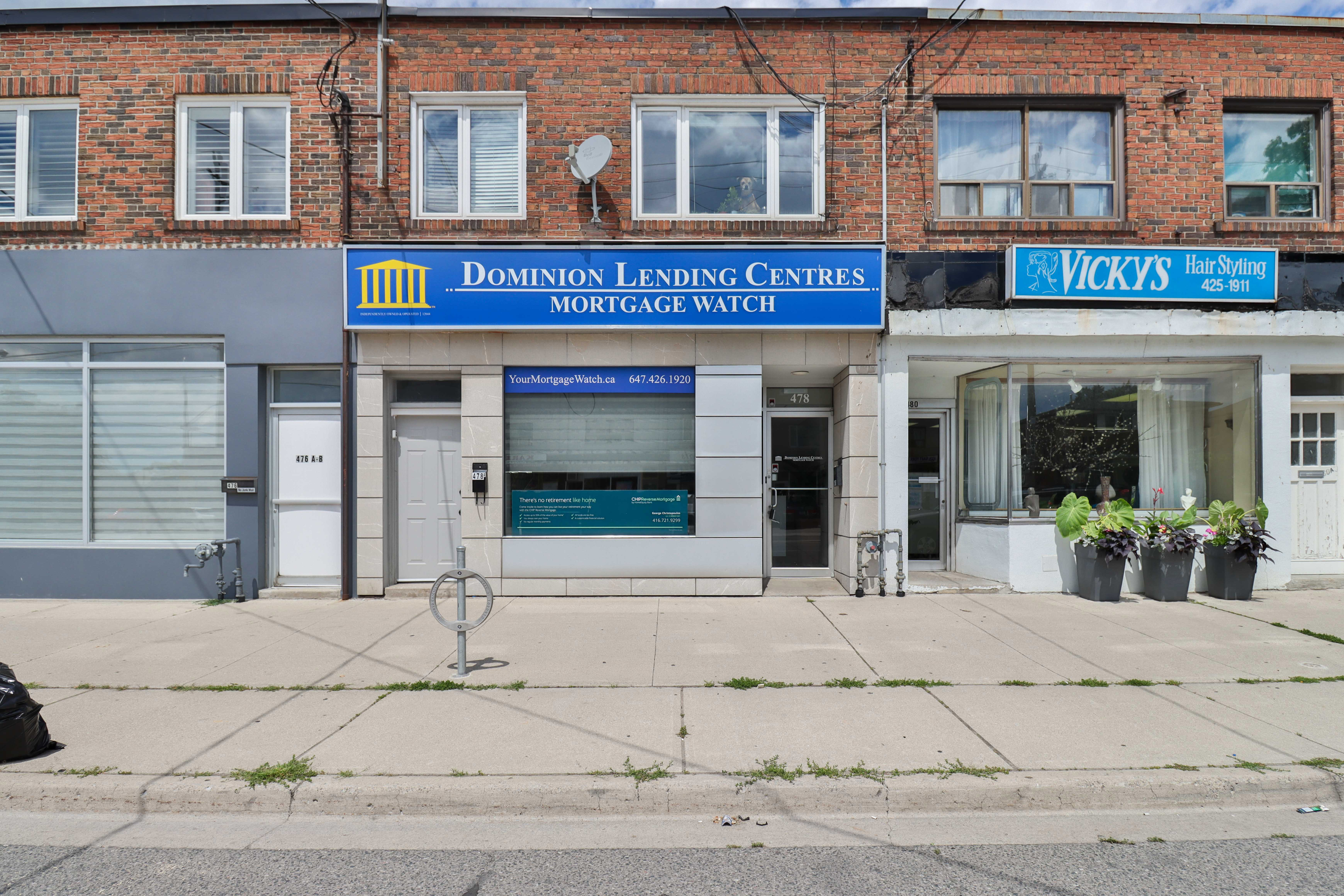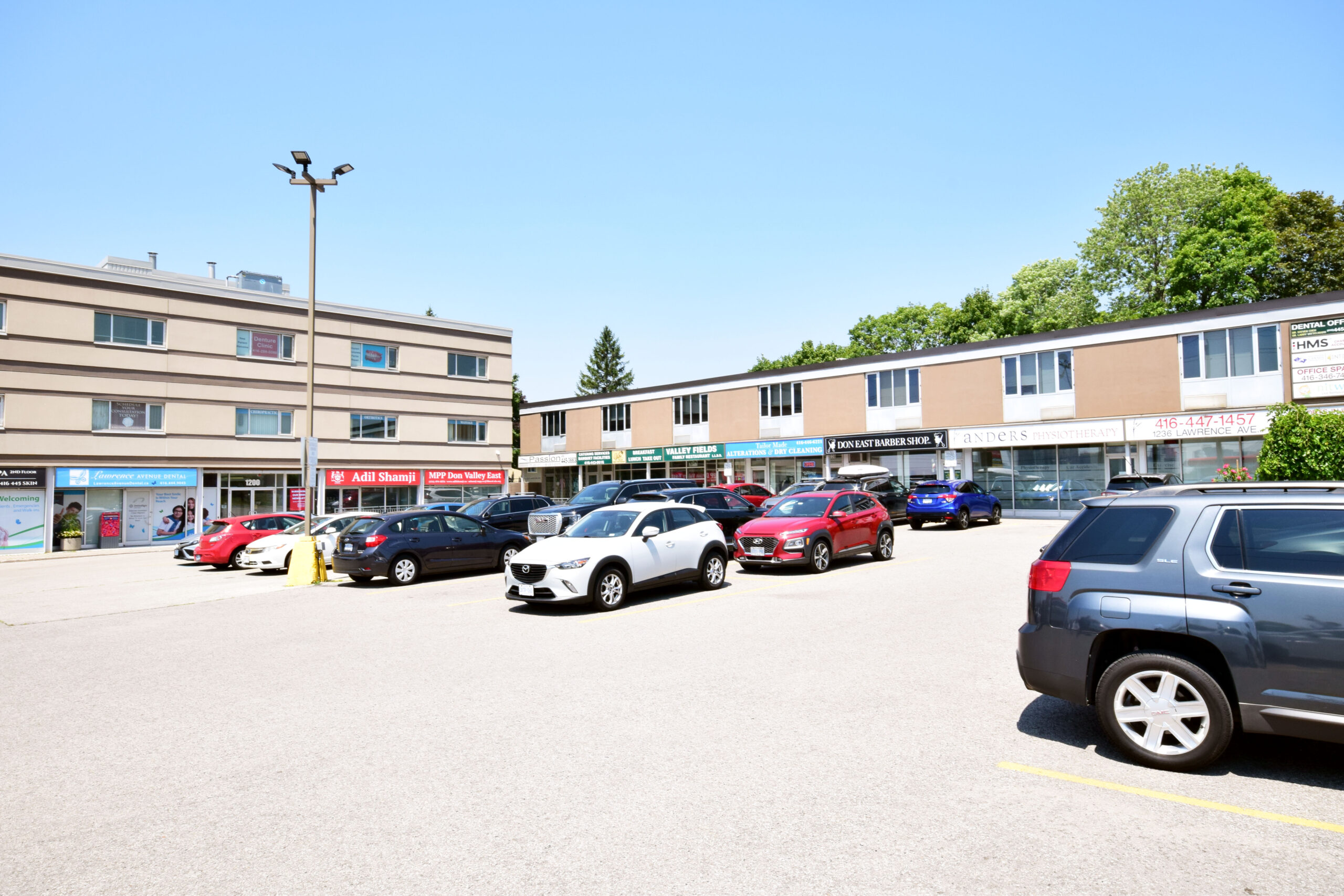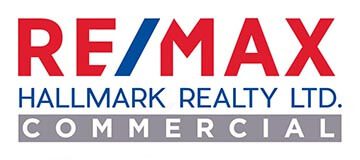Vancouver has a scarcity of land for new development and rents have continued to increase due to constrained industrial supply, as JLL reports the city’s Q2 rents rose 18.4 per cent year-over-year to $22.14 per square foot. That’s the highest in the country, while Vancouver’s one per cent vacancy rate was the lowest.
“All markets, with the exception of Vancouver, have reasonable amounts of new build coming online, but nothing that is going to change the dynamic and negotiations between tenant and landlord very much,” Fieder said.
Vancouver also remains the national driving force behind new industrial condominiums – known as strata developments in British Columbia – though there’s a healthy amount under construction in Calgary and demand is increasing in Toronto.
“We’re still seeing pretty active demand on that stuff, believe it or not,” Toner said. “I thought rising interest rates might affect that market, but it hasn’t up until this point.
“There’s strong demand in Vancouver, strong pricing in Vancouver and strong demand in Calgary. And the developers have not had to move on their asking prices.”
Small vacancy rate increases
Montreal’s industrial vacancy rate increased marginally to 2.1 per cent and Toronto’s crept up to 1.4 per cent in Q2, according to Toner.
Calgary’s rate dropped slightly to 1.6 per cent while Edmonton’s rose a bit to 3.3 per cent, he added.
Toner believes industrial vacancy rates will continue to marginally increase through 2024, but Canada will remain a landlord-friendly market.
“To get it into a competitive market for both landlord and tenant, you’d like to see it in that five per cent range,” Toner said.
While Edmonton, Calgary, Toronto and Montreal seem to be slowly moving toward more balanced markets between landlords and tenants, absorption of new supply is expected to remain healthy.
The Greater Toronto Area accounts for about half of the Canadian industrial real estate market, with diverse industries and a large number of locals and immigrants who can provide a labour force for new developments.
“That’s part of why a lot of companies see Canada as a great place to invest in this type of project,” Fieder said.
Industrial remains the asset class of choice for private, institutional and foreign investors, and that’s not expected to change anytime soon.
Small amount of sublease space
A bit of sublease space has come back to the market, but Fieder said the situation in Canada is nothing like south of the border in the United States, where Amazon has been shedding millions of square feet of space from its industrial portfolio.
“Canadian developers tend not to get into trouble like in the U.S., where they overbuild,” Fieder said. “They have more discipline and they always have an eye on demand.
“And right now I think the supply that’s coming to market is not out of line to the demand that we see taking it up over the next 12 to 24 months.”
There’s been a tempering in the amount of speculative industrial development across Canada, with the exception of Vancouver, however.
“I think spec developers will not be so bullish to be throwing up product right now,” Toner said. “They’ll take a careful look at the specific markets that they’re in to determine whether they should be building or not.”
Plenty of industrial land has been purchased over the past two years and Toner thinks that activity will also slow somewhat.
Source Real Estate News Exchange. Click here to read a full story












